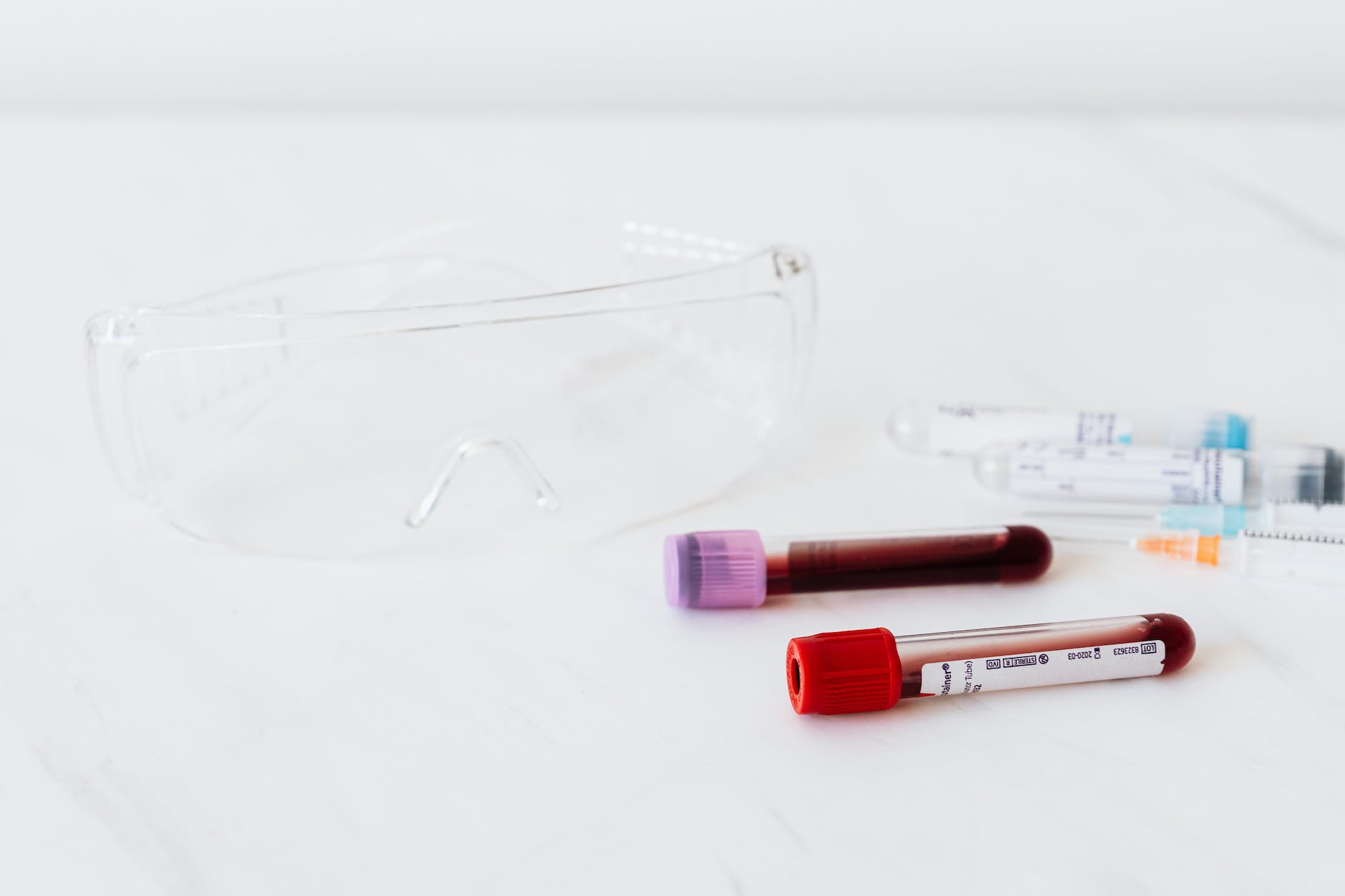Tonight I continued watching masterclass sessions from the 2022 London Calling event. Vania Costa is an Applications Scientist with Oxford Nanopore Technologies and presented a masterclass on “Preparation: extracting high-quality DNA and RNA.” They spoke about pre-lab considerations, sample storage, DNA and RNA extraction, sample quality control, and several case studies. Pre-lab considerations mentioned by Costa were: do you need short or medium fragments? Do you need to maximize throughput? Do you want long (up to 50 kb) or ultralong (longer than 50 kb) fragments for assembly? Costa explained that some tissues generate better yields. They have seen higher yields with blood as compared to other tissues. Costa also noted that sample preservation is important, since “you cannot sequence what you do not have.” Even storing at low temperatures, the storage component/solution has an impact. In some cases, preservative solutions are needed. Freezing at minus 80 C is always recommended, when possible. Selection of extraction method will affect fragment size: Costa noted that column-based and bead beating approaches already fragment the DNA, for example. Size selection does result in lower yield. They recommend MagAttract methods. I had to look up the QIAGEN MagAttract kits and learned that they are available for automation platforms such as the epMotion and KingFisher. Size selection does result in loss of yield. Costa noted that in addition to MagAttract, the QIAGEN g-Tip is a flow through method. They noted that the EZ2 Connect from QIAGEN is one automation system they have validated. For RNA isolation from blood, they recommend removing globin with a globin depletion step. Thy have validated the RNeasy kit for mushroom. They still recommend Trizol for RNA extraction from some cell lines, C. elegans, and yeast. For Gram-negative bacteria, they recommend the Purelink RNA kit and for Gram-positive bacteria the RiboPure RNA Purification method. For both Gram-positive and Gram-negative RNA extraction, Costa recommended rRNA depletion followed by polyadenylation. For RNA QC, they recommend using the Qubit first and then using a NanoDrop. Costa showed that phenol has an impact on NanoDrop quantification and library preparation/sequencing. When working with DNA, Costa emphasized the need to assess fragment length. For RNA, Costa noted that the RNA Integrity Number (RIN) does correlate to fragment length during sequencing. Costa explained that storing RNA at different temperatures has an effect. For long-term storage of DNA, they recommend freezing at -20 or -80 C. They also noted that freeze-thaw cycles to preserve long fragments. Costa suggested aliquoting preparations for storage. For DNA fragmentation, they use a MegaRuptor syringe method and Covaris. For size selection, Costa noted SPRI beads, Size Selection Buffer, and Blue Pippin library prep. Costa shared data that there is no disadvantage in doing size selection: the N50 was longer and the output was similar to the non-size-selected library preparation.
Costa provided an example of DNA extraction for cancer research. They extracted DNA from FFPE samples and loaded the library multiple times with flushing. Sample preparation was critical, and they extracted samples with the QIAGEN QIAamp DNA FFPE Tissue Kit and size selected with SPRI beads. They prepared the library with the ligation sequencing kit and sequenced on a PromethION device. Costa shared data suggesting similar throughput and longer fragments sequenced with this approach. The second example was also from cancer research and involved extracting cell-free DNA from blood samples. They took 10 ml of blood, extracted plasma,a nd then used the QIAGEN QIAamp MinElute ccfDNA Mini Kit. They obtain 30 ng DNA and prepared with the Ligation Sequencing Kit. In this case they extended the incubation for end-prep, increased the proportion of SPRI beads, and sequenced in “short read mode.” Costa ended by emphasizing the previous quote and the importance of quality control and assessment of nucleic acids before sequencing.



